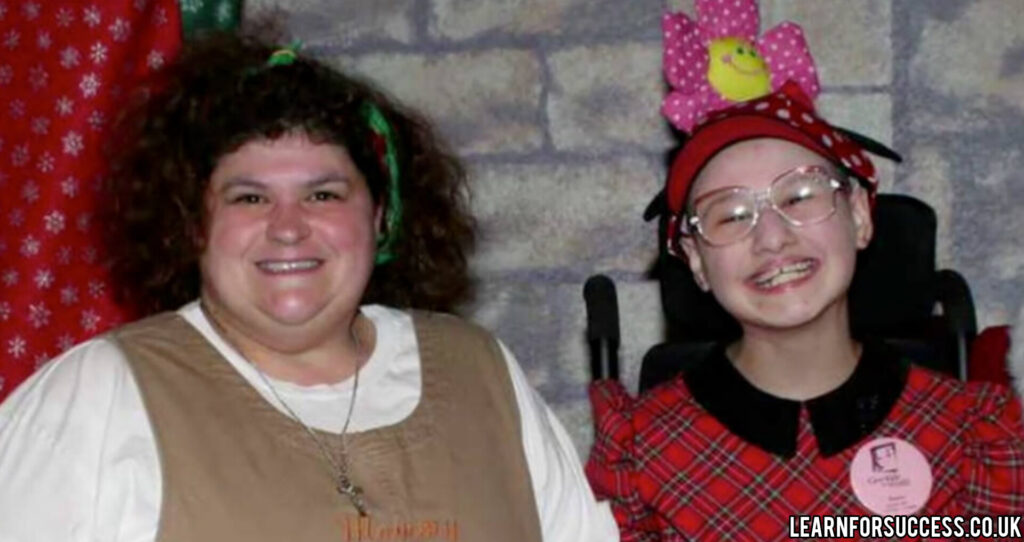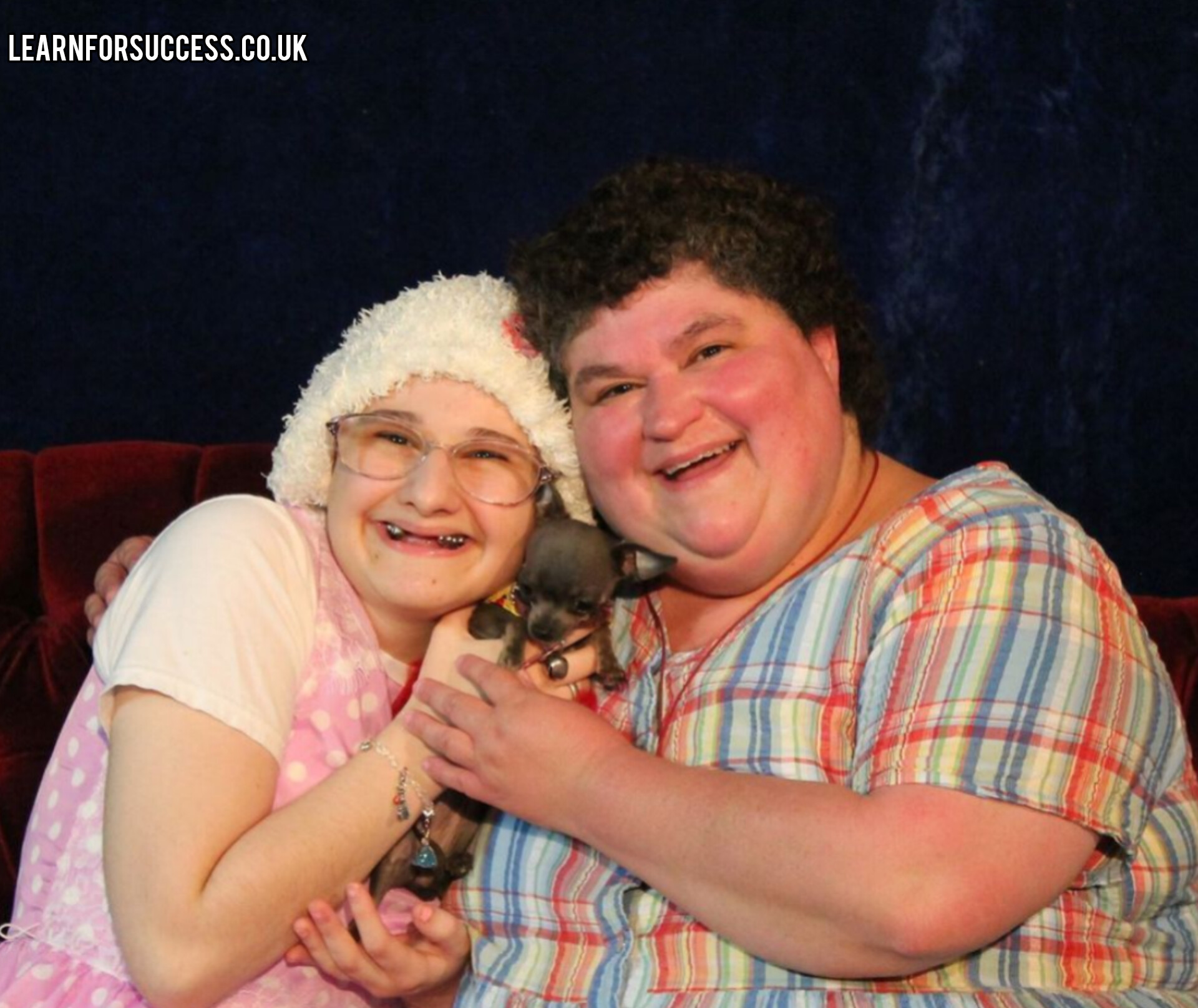Dee Dee Blanchard Released Photos: Impact on Gypsy Rose
Introduction
The story of Dee Dee Blanchard is both tragic and complex. She was the mother of Gypsy Rose Blanchard, who suffered years of abuse under Dee Dee’s control. Dee Dee convinced everyone, including doctors and the public, that her daughter was gravely ill, even though Gypsy was perfectly healthy. This manipulation led to unnecessary medical treatments and surgeries. Dee Dee suffered from Munchausen syndrome by proxy, a condition where a caregiver fabricates or induces illness in someone they care for. In 2015, Gypsy, with the help of her boyfriend, murdered her mother to escape the abuse. Recently, Dee Dee Blanchard released photos have once again brought this case to the forefront, raising new discussions about privacy, ethics, and how these images impact Gypsy Rose’s story.
Details on the Released Photos
Recently, photos related to Dee Dee Blanchard were made public, gaining significant attention. These photos include crime scene images and personal pictures of Dee Dee and Gypsy. The crime scene photos show the aftermath of Dee Dee’s murder, which many find disturbing. Meanwhile, personal photos offer insight into Dee Dee and Gypsy’s complicated relationship, showing moments from their life before the crime. While some believe these images help people better understand the case, others argue that releasing such personal and graphic photos is intrusive. The release of these images raises important questions about why they were shared and whether it was ethical to do so, especially considering the sensitive nature of the case.
Public Reaction on the Photos
The release of the Dee Dee Blanchard released photos has sparked mixed reactions from the public. True crime fans, who have closely followed the case, were eager to see these images to gain more insight. However, many others were disturbed, feeling that such graphic and personal images should not have been released to the public. Discussions on social media highlight concerns over privacy and whether it’s right to share such intimate details of the case. While public interest in the story is high, many believe it’s important to respect the individuals involved and not exploit their pain for entertainment. The debate over whether these photos should have been made public continues, reflecting broader concerns about media coverage of tragic events.
Ethical Concerns Surrounding the Released

The release of the Dee Dee Blanchard released photos raises serious ethical concerns, especially around privacy. Dee Dee Blanchard may have been an abusive figure, but she was also a victim of murder, and some argue that her death and the images of it should not be used for public consumption. Moreover, Gypsy Rose Blanchard, who is still alive and serving time in prison, may be further harmed by the release of these images. It’s worth asking whether the release of these photos serves any meaningful purpose or if it merely feeds the public’s curiosity. The ethical dilemma lies in balancing the public’s interest in learning more about the case with respecting the dignity and privacy of those involved.
Impact on Gypsy Rose Blanchard
For Gypsy Rose Blanchard, the release of these photos likely makes an already difficult situation even harder. She is currently serving a prison sentence for her role in her mother’s death, and these Dee Dee Blanchard released photos only bring more attention to a past she may be trying to move beyond. Many people sympathize with Gypsy, understanding that she was driven to her actions by years of abuse. However, the release of these graphic photos may change how some people view her, focusing more on the crime itself rather than the abuse that led her to that point. The photos complicate the public’s perception of Gypsy’s story and may affect her ability to cope with her past while serving time in prison.
Media and Legal Implications
The release of the Dee Dee Blanchard released photos also has significant media and legal implications. Crime scene photos are often released to the public to attract attention, but this practice raises questions about the ethical responsibilities of the media. Were these images shared with the appropriate legal permissions? Could Gypsy or Dee Dee’s family take legal action over the release of these sensitive materials? Furthermore, the media’s role in sharing these images highlights the need for more responsible journalism when covering true crime stories. News outlets should consider how sharing such images might affect the families and individuals involved, especially when those people are still alive and directly impacted by the coverage.
Frequently Asked Questions (FAQs)
1. What are the Dee Dee Blanchard released photos?
They include crime scene and personal photos related to Dee Dee and Gypsy Rose’s case.
2. Why were the photos released?
The photos were released to provide more insight into the case, though their necessity is debated.
3. How has the release of photos impacted Gypsy Rose?
The photos may bring back painful memories and affect public perception of her.
4. Are there ethical concerns about the photo release?
Yes, the release raises questions about privacy, consent, and the need to share such sensitive material.
Conclusion
The release of the Dee Dee Blanchard released photos has once again brought this heartbreaking case back into the public eye. While there is undeniable interest in true crime stories, there is also a need for thoughtful consideration of privacy, ethics, and the responsibilities of the media. For Gypsy Rose Blanchard, these photos may only make it harder to move on from her past, forcing her to relive the trauma she endured. As we continue to consume true crime content, we must ask ourselves whether sharing these images is truly necessary or if it’s simply fueling our curiosity at the expense of those involved. Balancing public interest with respect for the people impacted by such tragedies is crucial in maintaining the dignity of all those affected.
Also Read learnforsuccess














Post Comment